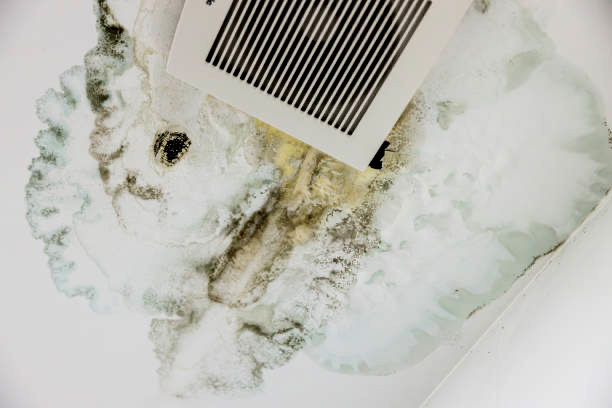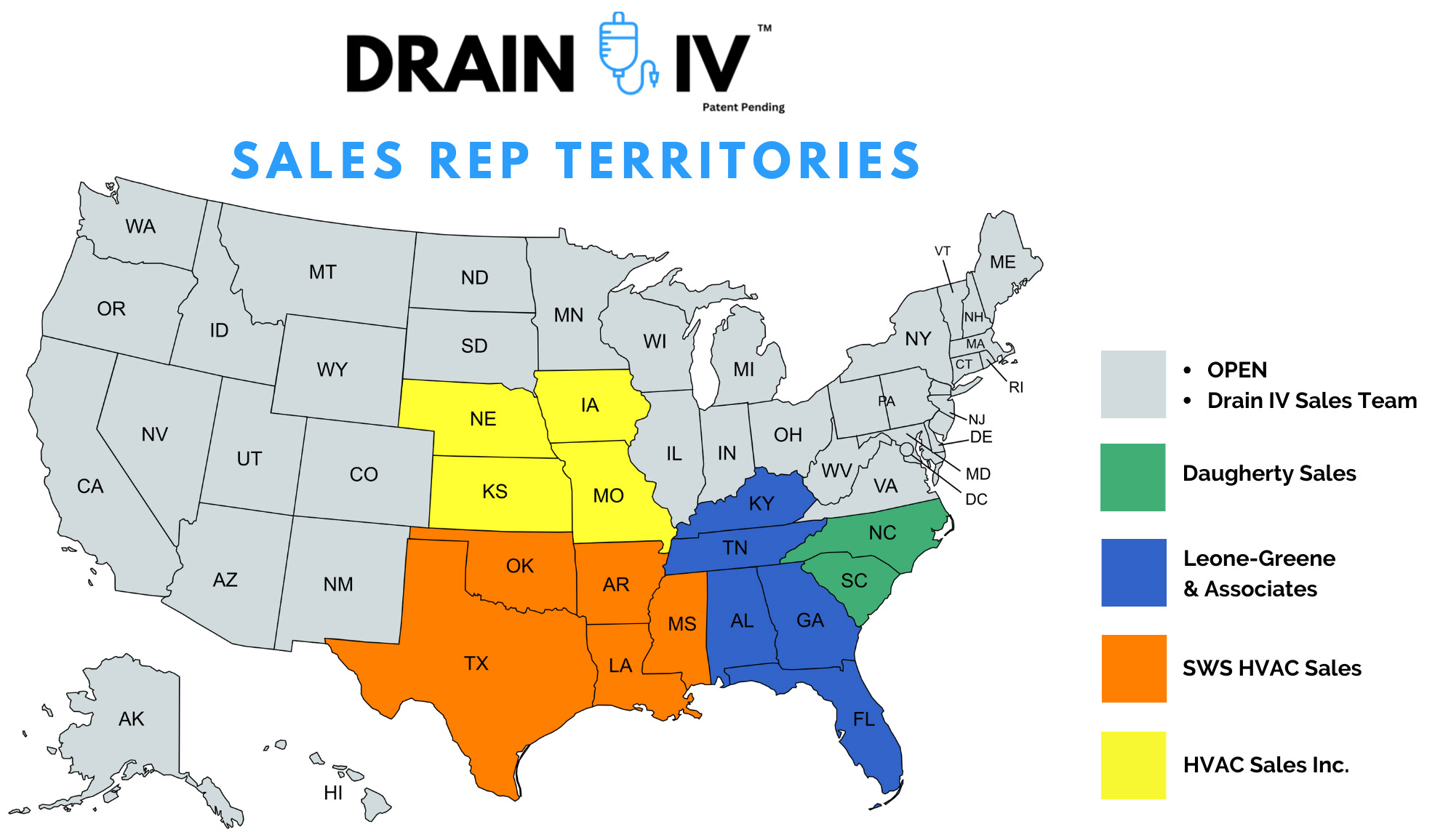HVAC Drain Line Treatment That Saves Time, Money, and Customer Trust
Why Clogs in my HVAC Drain Lines
Your HVAC system generates moisture as it cools, and that water typically drains out through a condensate line. Over time, this line can get clogged with dust, dirt, algae, and a slimy bacteria called Zooglea. When left untreated, these clogs lead to water leaks, mold growth, and even system shutdowns.
Common signs of a clogged HVAC drain line include:
- Water pooling near the indoor unit
- Musty odors
- Mold or mildew growth
- System not turning on or shutting down unexpectedly
Even newer systems are not immune to clogs if regular maintenance is ignored. The buildup can start small but grow rapidly in humid environments or homes with pets and dust. Prevention is key to avoiding costly repairs and protecting indoor air quality.
 5 HVAC Drain Clog Prevention Tips
5 HVAC Drain Clog Prevention Tips
1. Use an Automatic HVAC Drain Line Treatment System
Manual solutions like tablets or pouring vinegar can be inconsistent. Instead, install an automatic HVAC drain line treatment system like DRAIN IV. It delivers precise doses of cleaning solution directly into the condensate line every few days, preventing buildup and Zooglea growth. It’s a set-it-and-forget-it solution that keeps your drain lines clear for up to 6–8 months.
2. Maintain a Drain Cleaning Schedule
Set a recurring reminder to inspect and clean the drain line. Ideally, HVAC drain cleaning should occur:
- Every 1–2 months for high-use systems
- At minimum, during spring and fall maintenance visits
Bonus Tip: Keep a drain line maintenance checklist handy.
3. Keep the Condensate Pan Clean
The condensate pan collects moisture from your HVAC coils. If this area isn’t regularly cleaned, mold and algae can thrive, eventually clogging the drain line. Gently scrub the pan with warm water and a non-corrosive cleaning solution every 2–3 months.
4. Use the Right HVAC Drain Cleaner
Avoid harsh chemicals that can damage your system. Look for enzyme-based or HVAC-approved cleaners that are safe for regular use. These break down organic material without corroding pipes.
5. Watch for Mold and Mildew
Clogged drain lines can cause standing water in your HVAC system, which is a breeding ground for mold. Not only does this affect indoor air quality, but it can also lead to expensive repairs and health issues. Early prevention saves money and protects your family.
A proactive approach to HVAC maintenance doesn’t just improve system efficiency—it extends the lifespan of your equipment. Routine care helps catch small issues before they escalate into costly emergencies.
Products That Help Prevent HVAC Clogs
- DRAIN IV Automatic Treatment System – Delivers a measured dose every 48 hours
- Wet/Dry Vacuum – Useful for clearing minor clogs manually
- Clear PVC Drain Line Kits – Helps monitor water flow and detect early signs of clogging
When to Call an HVAC Professional
If your system repeatedly clogs despite regular maintenance, or if water is leaking near the air handler, it’s time to call a licensed HVAC technician. Professionals can flush the system, inspect for hidden damage, and install preventive solutions.
Final Thoughts on Preventing HVAC Drain Clogs
HVAC drain clogs are preventable with consistent maintenance and the right tools. By using an automatic treatment system, following a cleaning schedule, and staying vigilant, you can protect your HVAC system and avoid unnecessary stress.
Don’t wait for water damage to strike—prevent HVAC clogs today.
Check out DRAIN IV’s FAQs for more information or contact our team to learn more.




https://shorturl.fm/0oNbA
https://shorturl.fm/YZRz9
https://shorturl.fm/uyMvT
https://shorturl.fm/f4TEQ
https://shorturl.fm/f4TEQ
https://shorturl.fm/MVjF1
https://shorturl.fm/MVjF1
https://shorturl.fm/Kp34g
https://shorturl.fm/hevfE
https://shorturl.fm/47rLb
https://shorturl.fm/DA3HU
https://shorturl.fm/IPXDm